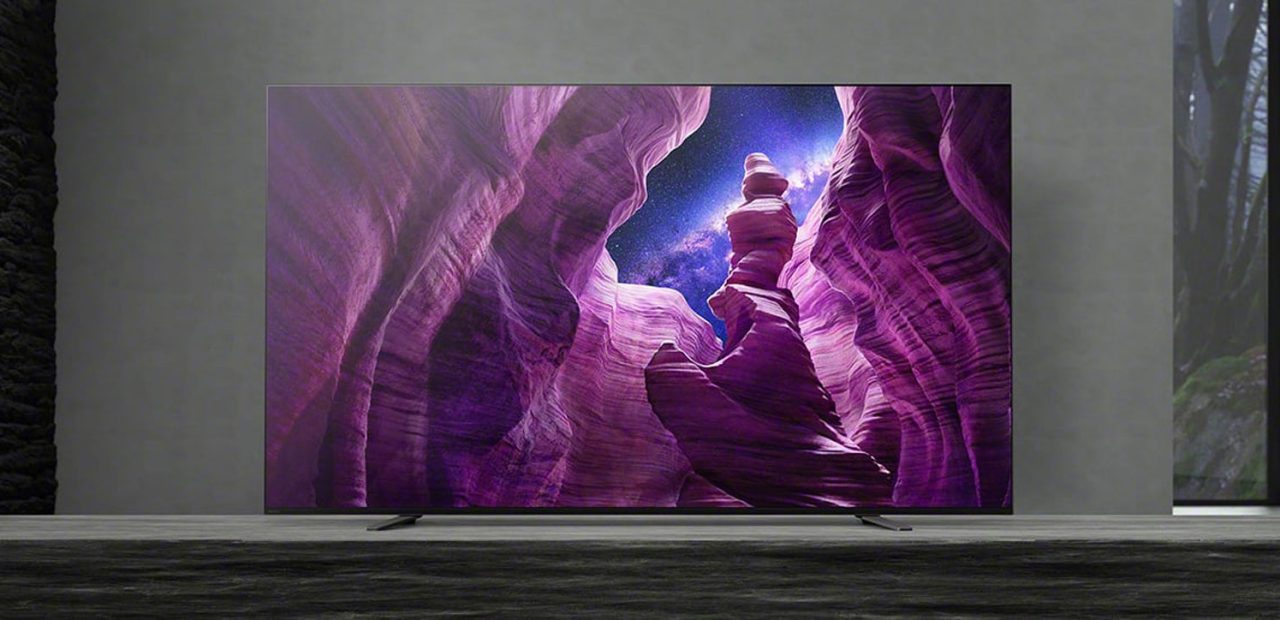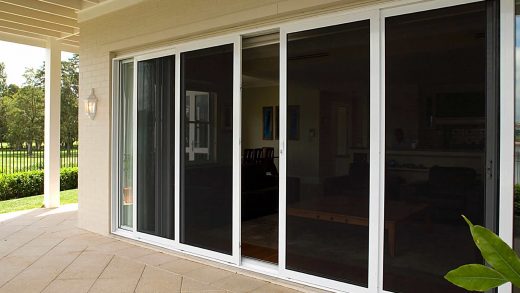TV Buying Guide: 4 Factors You Need to Consider
When you’re on the lookout for a new TV in 2022, there are numerous factors to weigh out. These days, there are many different technologies, features, and functionalities to learn about, not to mention a good amount of new tech acronyms that you need to yet find out about. A TV may be a sizable investment, so you want to be sure you’re purchasing a long-lasting product worth your budget.
And here are some basic yet most important pointers for your pre-buying consideration, whether you’re seeking out mere shopping recommendations or need to know which characteristics matter most.
Display Size
The most crucial aspect in your TV shopping journey, whether it’s a basic or high-performance model, will likely be the display or screen size. Take into account where you’re planning to put your new set and how many members of your family typically watch at the same time. Then, based on your other limitations, choose the largest screen size that will fit in that area comfortably.
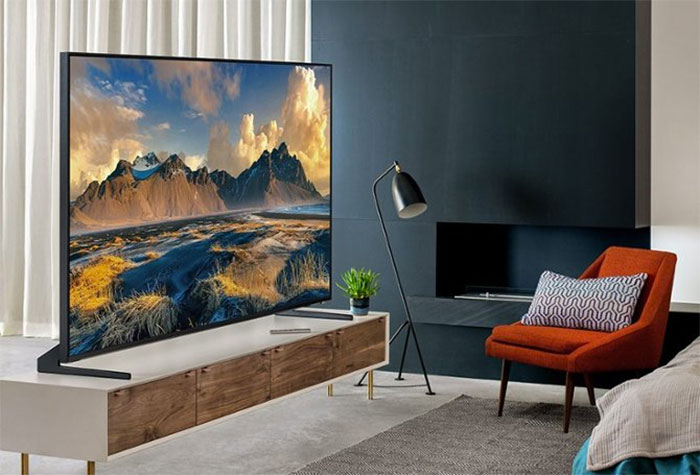
How close you are to the TV also affects the screen size. In general, you are too close if you can make out individual pixels and grains on the screen. That’s not necessarily a bad thing but it can be a nuisance for picky watchers. If you intend to sit near a very large screen such as a smart TV with an 85-inch display, you might prefer that higher-resolution technology for the ultimate experience.
A common rule of thumb is to sit three times the height of the screen away from the TV for HD and only 1.5 times the height of the screen for 4K Ultra HD. In other words, a 4K UHD TV would allow you to sit twice as close to it.
No TV buying guide, no matter how thorough, can substitute your own preferences. If you get the chance, visit a store even if you’re purchasing online (and perhaps bring your family along) and look at the models available. Even though 4K video is less prevalent than 1080p, it is becoming more readily available largely thanks to streaming services like Netflix.
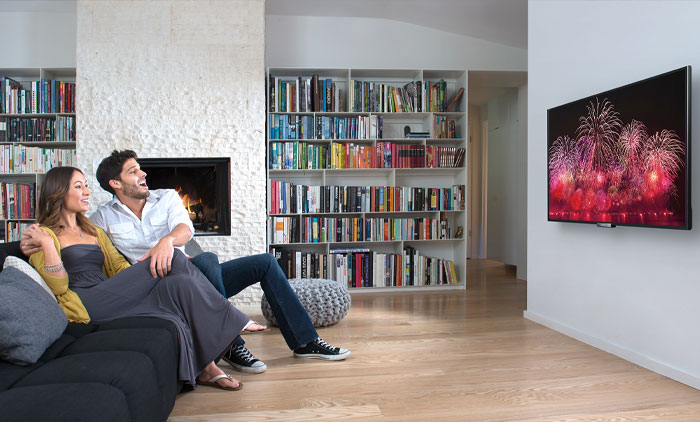
Screen Resolution
Tv resolution refers to the number of horizontal rows and vertical columns of pixels that make up the image on a display. A higher resolution is obviously better since more pixels result in crisper images and finer details.
Full HD, commonly known as a 1920 x 1080 resolution, has been the norm everyone turns to for multiple years. However, the production of TVs is quickly switching to Ultra HD models – also known as 4K. As compared to modern HDTV panels, the 4K versions have four times as many pixels – 2,160 horizontal lines, or 3840 x 2160 pixels.
Small items on the screen show greater detail, including crisp and sharp typography, which is the main advantage of 4K TVs. Images are generally richer and more realistic than on an HDTV, but you’d have to pay close attention to really notice them. Larger TVs are more pleasant to watch in a typical home thanks to the extra benefit of being easier to see from a greater distance thanks to the better image.
Ultra HD video quality is superb, and there is a growing selection of content available as well. 85-inch smart TVs allow you to quickly access 4K movies and shows because a number of streaming providers, including all popular streaming services, even YouTube, have started to offer 4K material. Additionally, Ultra HD Blu-ray discs are becoming more widespread, and today’s major blockbusters all come out in 4K.
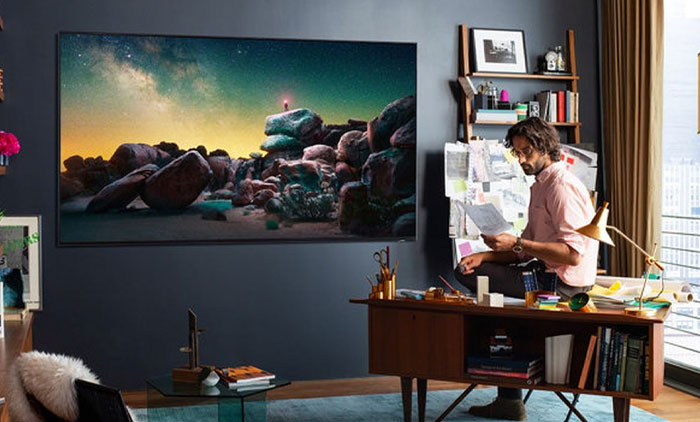
Refresh Rate
How frequently a picture is processed on the screen is indicated by the refresh rate, which is measured in Hertz (Hz). The standard rate is 60 Hz, or 60 times per second. This can cause things to appear jittery or fuzzy in scenarios with quickly moving objects, especially on LCD HDTVs. So, manufacturers raised the refresh rate to 120 Hz in order to produce a more solid image (and in some cases up to 240 Hz).
Current models advertise High-Frame Rate (HFR) support, which means that they have incorporated support for material with frame rates higher than 60 Hz in addition to having a higher refresh rate. It’s definitely a feature to keep an eye out for since HFR content is expected to arise from both live broadcasts and movie theatres, and HFR will be particularly beneficial for live sports.
Higher refresh rates will be especially important to gamers, and people who, for instance, enjoy gaming at 120 Hz should look for a TV that can take advantage of that. The recommended frequency for older game consoles is 60 Hz.
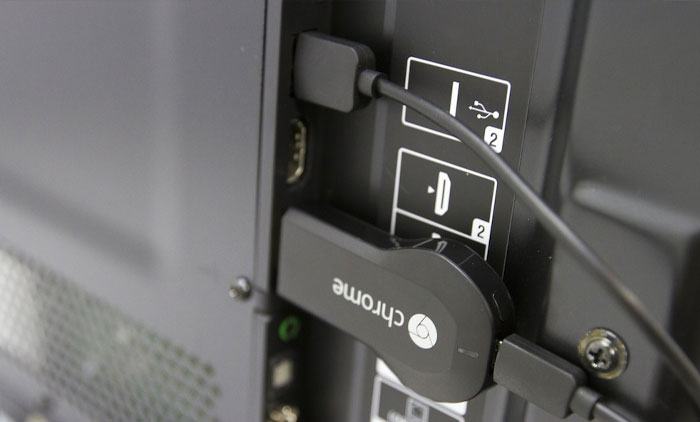
USB and HDMI Connections
High-Definition Multimedia Interface, or HDMI, is the industry standard connector for contemporary video and audio on TVs, media players, and audio equipment. Although almost every item you want to connect to your TV will use HDMI, this does not guarantee that the connector’s features and connections will always be the same, so pay extra attention to these details if you’re trying to create the ultimate home theatre experience.
HDMI is a flexible connection since it has a standardised connector design and a digital signal that can transmit everything from internet data to super HD video and surround sound. However, there are many versions of HDMI, and new HDMI standards have given previously identical HDMI ports brand-new features and functions for your smart TV with an 85-inch display.

